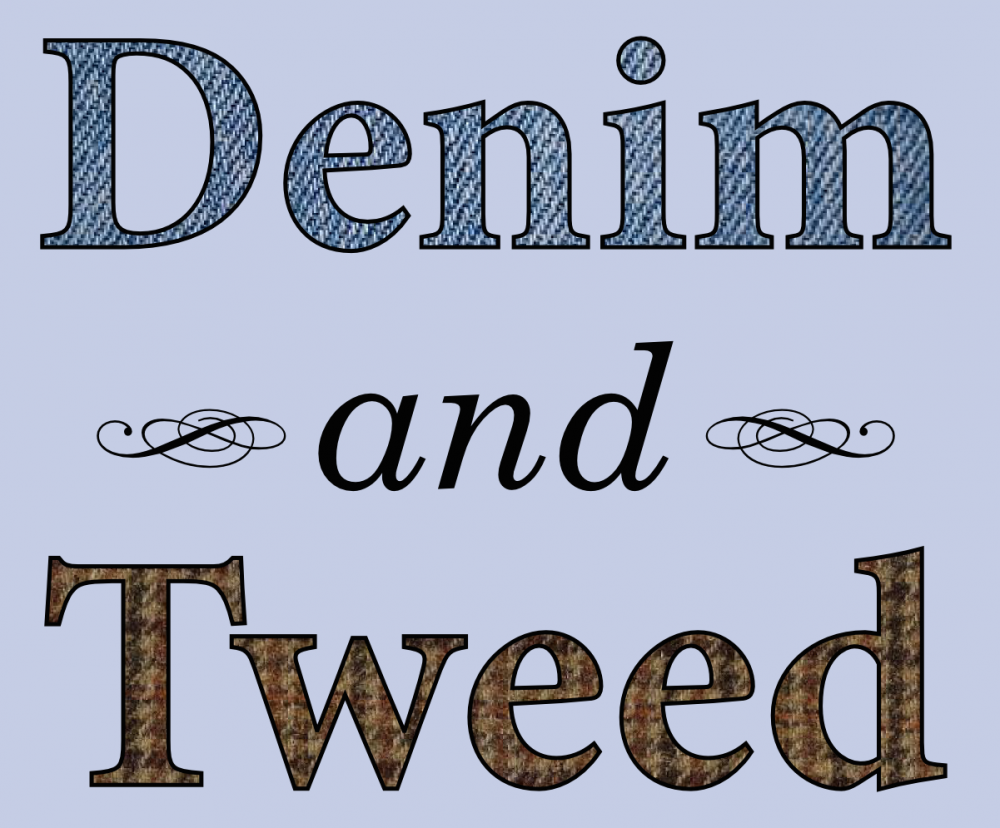Saturday at ScienceOnline 2011 was the meat of the conference, a full day of moderated discussion sessions at the Sigma Xi building. Video of many sessions was webcast live, and will later be archived online, courtesy of the National Association of Science Writers. Highlights from the ones I attended:
In data discoverability, Kiyomi Deards, Molly Keener, and Steve Koch covered the logistics of open notebook science from making published papers freely available online to opening up datasets as they’re collected. There wasn’t discussion about the point at which scientific results ought to be freely available outside the lab—I’m all for making my papers and the final data underlying them open access, but I don’t necessarily want to post my working notebooks.
In the first line of response, the crew of Deep Sea News and John Amos of the organization SkyTruth discussed how online coverage of the Gulf of Mexico oil spill this spring helped to counter frequently inaccurate official stories, and how they could maintain public awareness in the aftermath. It was the only session I attended that performed a formal post mortem on one of the biggest events for online science writing in the last year, and it had some useful insight for covering and responding to future disasters.
How to explain science in blog posts was the closest I’ve come to a writing workshop since undergrad. A long list of top-notch bloggers and writers (Scicurious, Joanne Manaster, Maryn McKenna, Vivienne Raper, Eric Michael Johnson, Brian Mossop, Carin Bondar, Melody Dye, Christie Wilcox, and Ed Yong) split the attendees into groups to discuss content choices, the writing process, blog design, and how best to promote work online.
After the sessions, Saturday’s activities concluded with a banquet that shaded smoothly into drinks at the hotel bar, and then more drinks in the suite rented by a couple members of The Gam. I called it a night at about 2 a.m. Now I’m leaning heavily on the free coffee in this morning’s final sessions about blogging in academia and the purpose of public science outreach.
It’s been a great weekend. Unlike most academic conferences, ScienceOnline is an opportunity to talk with scientists outside my immediate field and, maybe more importantly, a lot of non-scientists. It’s been good to see a bunch of folks I met last yearagain, and to meet more folks I’ve previously known only as Twitter avatars and/or fantastic online writers, especially Dr. Skyskull/Greg Gbur, Dr. Freeride/Janet Stemwedel, Eric Michael Johnson, Holly Bik, and Steve Silberman.
Apologies if I’ve missed anyone, but there was quite a bit of booze involved.
 Photo by k.tommy.
Photo by k.tommy.









